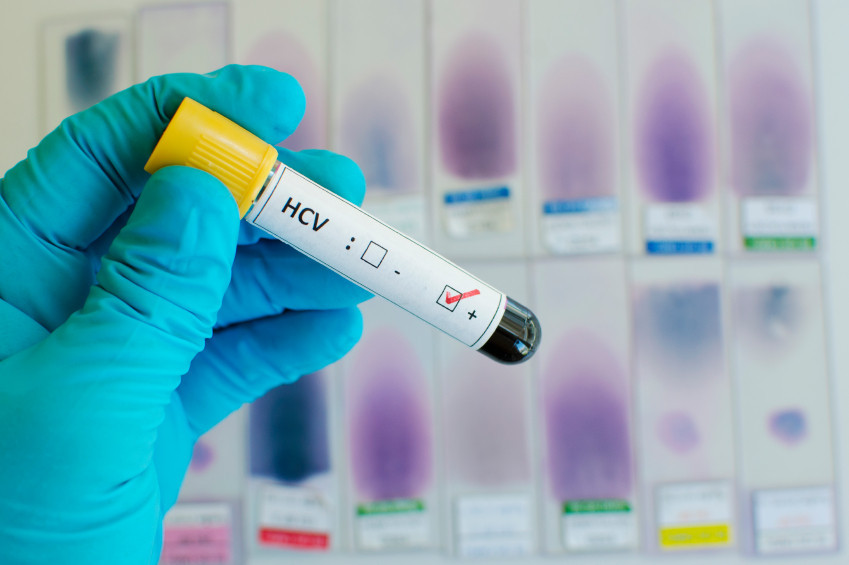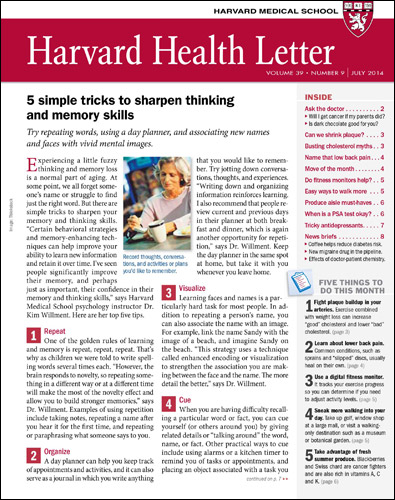Harvard Health Blog
New cures for hepatitis C — but are they affordable?

Follow me on Twitter @drClaire
Most parents, at some time or another, wonder whether their child is doing everything they are supposed to do. Are they ahead of other children? Are they behind? Is their development normal?
There is a really good app for that.
The Centers for Disease Control and Prevention has a free app called the Milestone Tracker. It has five components:
- A detailed "Milestone Checklist." For children ages 2 months through 5 years, it goes through all the different milestones for that age (when I tried it out for a 12-month-old, there were 27 milestones) so parents can see if their child has reached them. To make it easier for parents to understand and decide, there are photos and videos that explain the milestones.
- "When to Act Early." For each age, the app lists warning signs that warrant a call to the doctor. For example, for a 12-month-old some warning signs include not crawling, not standing when supported, not pointing — and losing milestones the child previously had. While these warning signs don't necessarily mean there is a serious problem, they should be checked out.
- My favorite, "Tips and Activities." It gives parents concrete, practical, and fun suggestions for encouraging their child's development. Children learn best through interaction and play. The suggestions are geared for what children need and enjoy at each age.
- The "Milestone Quick View." This lists the milestones for the different ages, breaking them up into social, language, movement, and cognitive. Unlike the milestone checklist, where you have to go through each milestone to get to the next, the quick view lets you see them all at once.
- "My Child's Summary." This feature puts all the data parents enter about their child in one place, and into a format that you can either show or email to your doctor.
The app allows you to enter multiple children, and will send reminders and prompts about milestones and recommendations, as well as any appointments parents enter. The instructions and explanations are clear and user-friendly, and the milestones are all very reasonable ones that allow for the normal variations we see among children.
Why is all of this important?
Well, as the CDC says, milestones matter. They are signs of normal and healthy development, and when children don't achieve them in the way we expect, it may be a sign of a problem. It could be a problem with hearing or sight, it could be an early sign of a learning disability, or it could be a sign of autism or some other neurological problem. Sometimes it's nothing serious at all, just a sign that a baby needs more tummy time or a toddler needs to be talked to (and read to and sung to) more. As I said above, children need activities and interactions in order to develop normally.
At well-child visits, doctors check on the development of babies and children, looking for any signs of problems. You could make the argument that if parents bring their child regularly to the doctor, they shouldn't need the app. But the reality is that doctors have to cover a lot in a short visit, and can't always do the kind of detailed assessment the app allows parents to do. Also, doctors rely in part on parents raising concerns — and many parents, especially first-time parents, may not know when they should be worried.
When we catch a problem early, we can start helping early, and starting early can make all the difference for the life, and future, of a child.
About the Author

Gregory Curfman, MD, Assistant Professor of Medicine, Former Editor-in-Chief, Harvard Health Publishing
Disclaimer:
As a service to our readers, Harvard Health Publishing provides access to our library of archived content. Please note the date of last review or update on all articles.
No content on this site, regardless of date, should ever be used as a substitute for direct medical advice from your doctor or other qualified clinician.













